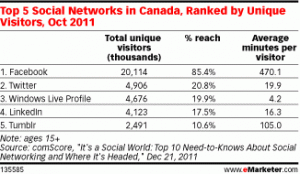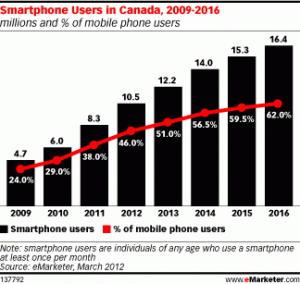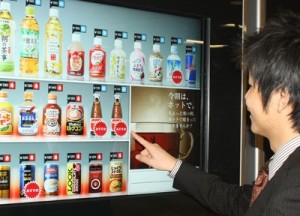In the 21st century, most people use at least one “free stuff” on their electronic devices. People check news using iGoogle gadgets, share documents using DropBox, stay connected using LinkedIn, and talk with friends using Skype.
Then, how do those service providers gain profits? Are consumers willing to pay for services they have been enjoying for free? In the following YouTube video, Chris Anderson, an author of “Free: The Future of a Radical Price” shows how on-line service providers generate profits using “freemiums,” the word created from two words, “free” and “premium.”

According to Chris, freemium products consist of two different services: free functions, such as news feed to iGoogle gadgets and free voice calls using Skype, and small portions of paid service, such as paid news subscriptions and Skype Out. Chris claims that “freemium” business model is an inversion of traditional business model. He says, “rather than giving out 1% for free to sell 99%, you are giving 90% for free to sell 10%” (Anderson). Companies provide most of their service without charge for marketing purpose. The target is to reach as many users as possible and get them exposed to products.
If customers choose to be “converted” into paying users, companies can start charging fees.
Chris claims that customers who chose to convert are beneficial to business for several reasons:
(1) Customers already know about those services, and they know the value of services. Therefore Converting users are more strongly convinced than other users.
(2) Converting users are generally happier to pay for services, and they tend to stay with the same service longer.
(3) Converting customers tend to pay more and stay price in-sensitive.
According to Wall Street Journal, the Freemium model needs to satisfy 5 conditions:
(1) Mix of paid and free content.
(2) You can’t charge for exclusives that just be repeated elsewhere.
(3) Don’t charge for the most popular content on your site.
(4) Content behind a pay wall should appeal to niches.
(5) The narrower the niche, the better.
To Chris, it was interesting to find out that freemium providers cannot charge for mainstream (most popular) contents. Rather, companies charge for “narrow interests,” because readers of niche contents tend to be professional and they are generally price insensitive.
Chris talks about two primary examples of freemiums. He firstly refers to on-line games, where users can freely play games, but they can choose to pay for premium contents. He then moves onto social networking, where users can pay to take out banners or advertisements for their own reputation in the social media world.
The freemium marketing lets consumers use services long enough until they find a value in upgrade. Success of freemium campaign depends on:
(1) Traffic
(2) Sign-up and conversion
(3) Free/premium segmentation: borderline between free and paid services.
The last condition is particularly important because if service providers give out too much, consumers do not see reasons to pay extra, but if they give out too little, users do not convert.
Recent boom in the freemium market implies that there will be more services attempting to convert free users into paid users. In order to become successful in this market, service providers need to offer enough values that users will be willing to switch to paid services.
For more information, visit:
http://gigaom.com/2012/01/29/shmilovici-freemium/
https://www.youtube.com/watch?v=ZOKcedfE_nM












